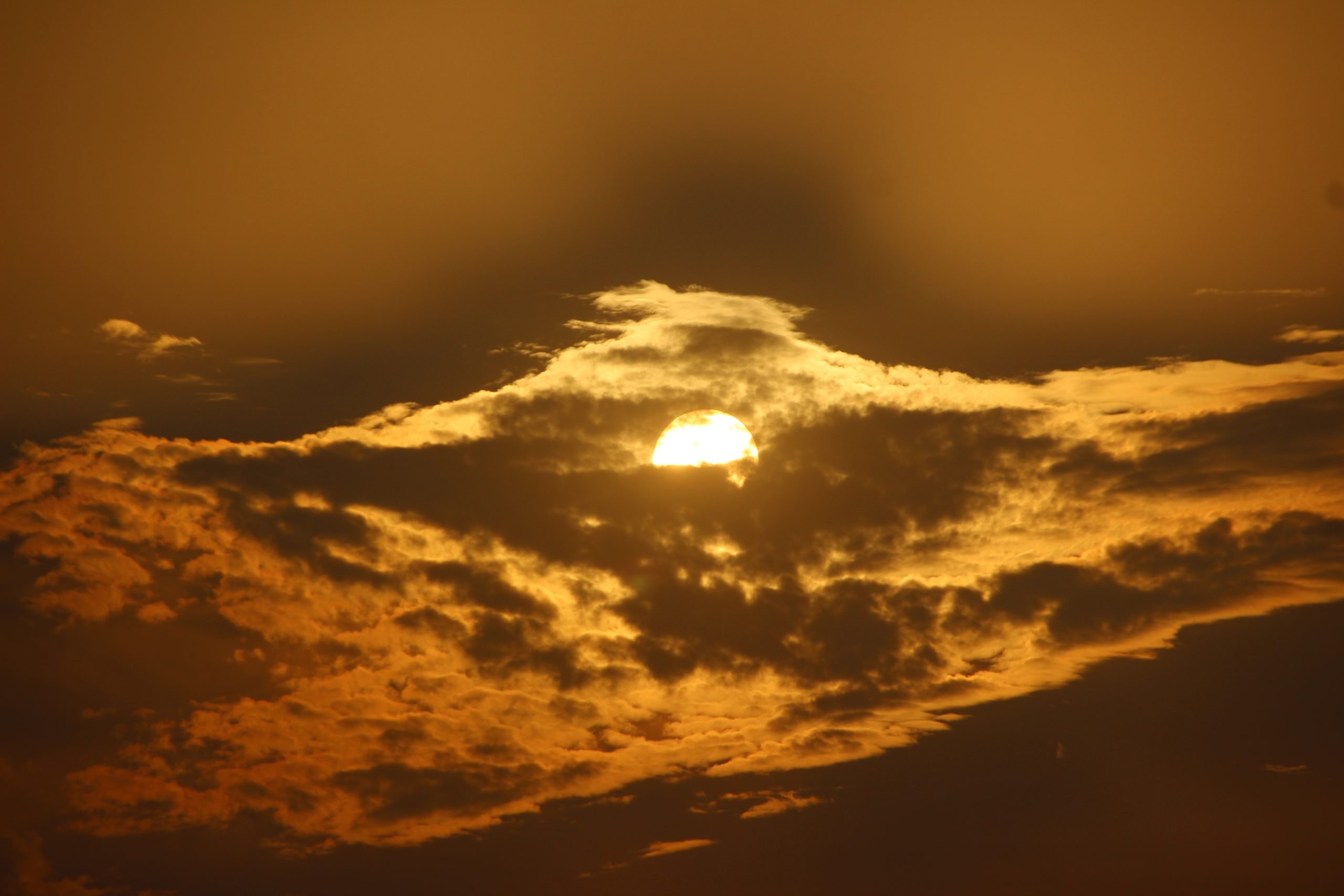Researchers from the Institute of Nuclear Physics (INP) of the Siberian Branch of the Russian Academy of Sciences have developed a concept that will make it possible to find candidate particles for the role of dark matter using the argon-based cryogenic detector they created. . The scientists’ work has been published in The European Physical Journal C.
Dark matter does not participate in electromagnetic interaction, but manifests itself in gravitational interaction. No one has observed it directly, but there is a lot of indirect evidence of its existence. One possible candidate for the role of dark matter is WIMP (Weakly Interacting Large Particle), a large weakly interacting particle.
Currently, the most promising way to search for it in physics is the creation of two-phase detectors based on noble gases – argon or xenon. The former have an advantage: they are more sensitive and as a result can register the energy of a particle interacting with them and are easier to scale. The setup on the INP SB RAS also works with argon.
Some of the particle energy recorded by the argon detectors is converted to light in the ultraviolet range. Researchers from the INP SB RAS studied the radiation mechanisms in the visible range without using spectrum shifters – materials that can re-emit light into the desired visible range.
Scientists have proposed an alternative concept for recording dark matter particles. They showed that sufficiently heavy particles could be detected using an electroluminescent signal that appears upon collision with argon atoms in a sufficiently electric environment. One of the researchers, Vladislav Oleinikov, said that if the particle is heavy, it will transfer enough energy to the argon core so that scientists can observe the signal coming from it.
Source: Ferra
I am a professional journalist and content creator with extensive experience writing for news websites. I currently work as an author at Gadget Onus, where I specialize in covering hot news topics. My written pieces have been published on some of the biggest media outlets around the world, including The Guardian and BBC News.










